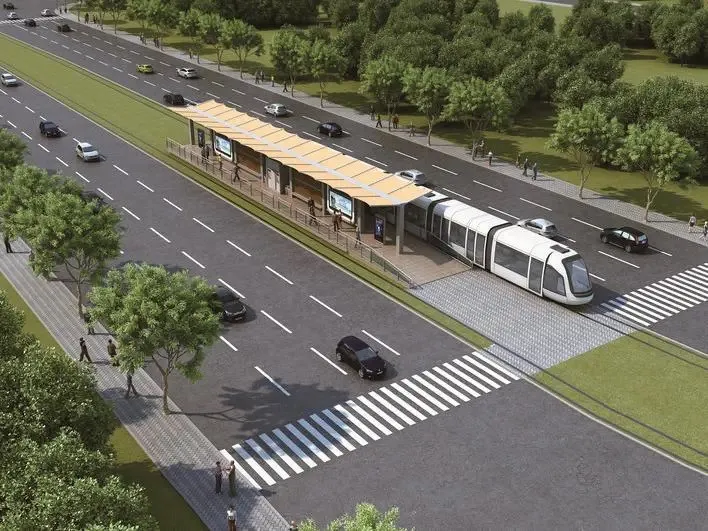The European Bank for Reconstruction and Development (EBRD) is continuing to support the modernisation of Serbia’s transport infrastructure and promote further reform of the rail sector with a sovereign-guaranteed loan of up to €95 million (US$125 million) to the Serbian Railways company.
March 15, 2012
Read time: 2 mins
The 2001 European Bank for Reconstruction and Development (EBRD) is continuing to support the modernisation of Serbia’s transport infrastructure and promote further reform of the rail sector with a sovereign-guaranteed loan of up to €95 million (US$125 million) to the 3911 Serbian Railways company.
The investment will finance the rehabilitation of key sections of Corridor X, the main north-south route running through Serbia, which is also the country’s key regional link with its neighbours.
As the most important component of the railway network in Serbia, Corridor X handles over 50 per cent of all rail traffic. However, much of it is in a poor state, resulting in speed restrictions, or is in need of modernisation to meet anticipated traffic flows. More than 50 per cent of the network operates at speeds of less than 60 km/hour.
The EBRD loan will help Serbian Railways to address these limitations by financing the modernisation of a 14km section of Corridor X from Belgrade Central Station through Rakovica to Resnik, as well as the renewal of approximately 50km of track along key sections of this Corridor. The project will enhance the speed and reliability of passenger and freight rail services in Serbia.
The EBRD is supporting the ongoing reform of Serbian Railways, particularly the creation of separate passenger, freight and infrastructure companies, and the opening of the rail freight market to private operators. The objective of these reforms is to increase efficiency, and the quality of rail services offered to the market.
The investment will finance the rehabilitation of key sections of Corridor X, the main north-south route running through Serbia, which is also the country’s key regional link with its neighbours.
As the most important component of the railway network in Serbia, Corridor X handles over 50 per cent of all rail traffic. However, much of it is in a poor state, resulting in speed restrictions, or is in need of modernisation to meet anticipated traffic flows. More than 50 per cent of the network operates at speeds of less than 60 km/hour.
The EBRD loan will help Serbian Railways to address these limitations by financing the modernisation of a 14km section of Corridor X from Belgrade Central Station through Rakovica to Resnik, as well as the renewal of approximately 50km of track along key sections of this Corridor. The project will enhance the speed and reliability of passenger and freight rail services in Serbia.
The EBRD is supporting the ongoing reform of Serbian Railways, particularly the creation of separate passenger, freight and infrastructure companies, and the opening of the rail freight market to private operators. The objective of these reforms is to increase efficiency, and the quality of rail services offered to the market.









